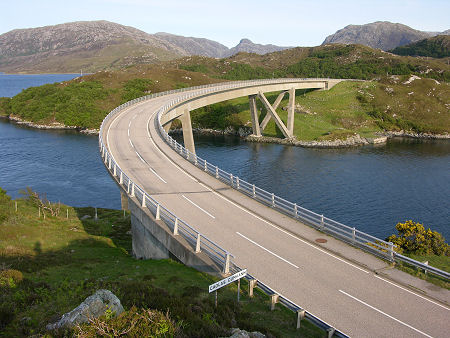If you are traveling from point A to point C, any airport that your plane stops at (point B) for you to get a connecting flight would be your transit airport.
A transfer passenger is a traveller who is changing from one plane, train, or bus to another, or to another form of transport.




































